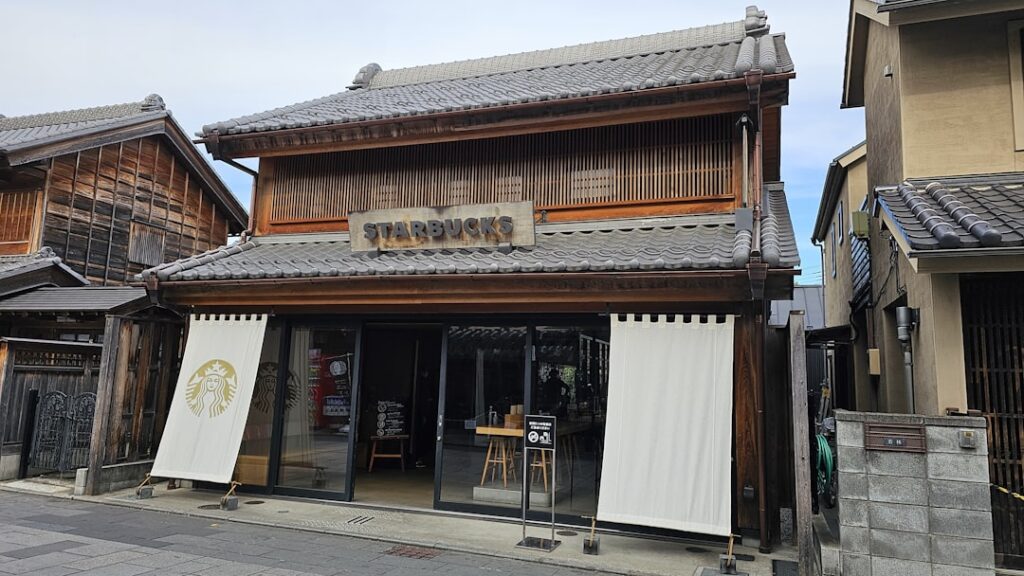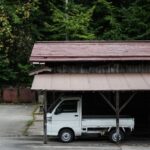Tucked away on the tranquil island of Shikoku lies one of Japan’s deepest and most spiritual journeys: the 88 Temple Pilgrimage. While the route has drawn pilgrims and adventurers for centuries, a new 2025 trend is emerging—hidden, locally-loved cafés blossoming along the path. In this article, we’ll explore how these unique café stops are infusing the ancient pilgrimage with new flavors, heartfelt hospitality, and a delicious taste of Shikoku’s local color. Join us as we traverse ancient roads to discover cozy hideaways, savor regional cuisine, and encounter real-life stories that connect travelers, locals, and tradition.
What is the Shikoku 88 Temple Pilgrimage? Tradition Meets a Modern Boom
The Shikoku 88 Temple Pilgrimage traces a circuit of 88 sacred Buddhist temples scattered around Shikoku, the smallest of Japan’s four main islands. Spanning over 1,200 kilometers (about 750 miles), the pilgrimage honors Kōbō Daishi (Kūkai), the revered founder of Shingon Buddhism. Traditionally completed on foot, the route now attracts modern pilgrims by train, bicycle, car, or even in white pilgrimage attire.
In recent years, and especially heading into 2025, the pilgrimage has seen a renaissance not only among the devout but also among young explorers, digital nomads, and culture seekers from around the world. Beyond the serene temples and lush landscapes, a fresh trend is catching on—intimate, local cafes are popping up along the journey, creating new ways to rest, recharge, and savor the spirit of Shikoku.
3 Hidden Pilgrimage Cafés Only the Locals Know
-
Café Okunoin (Kōchi Prefecture, near Temple #36 Shōryūji)
Nestled quietly within the cedar groves just a short walk from Shōryūji Temple, Café Okunoin is a wood-paneled sanctuary where cicadas sing in the summer. The cafe is a meeting spot for pilgrims to exchange stories, rest weary feet, and linger over hand-dripped yuzu coffee. (Access: A 7-minute walk from the temple’s main gate.) -
Café Michikusa (Ehime Prefecture, Ozu area)
Popular with both locals and pilgrims, Michikusa has a rustic charm with tatami seating and a bookshelf filled with travel journals left by visitors. Their home-baked mikan pound cake has become a subtle symbol of “arrival”—for many, a delicious milestone on the onward journey. (Access: Close to Route 56, walking distance from Temple #44 Daihōji.) -
Setouchi Blue Café (Tokushima Prefecture, near Temple #1 Ryōzenji)
This airy, sea-view café marks both the beginning and end for many pilgrims. Setouchi Blue offers matcha lattes with a sprinkle of local sea salt and panoramic views of the Seto Inland Sea. It’s a favorite for reflective moments at the pilgrimage’s threshold. (Access: 5-min walk from Bando Station.)
These cafés are more than just pit stops—they’ve become woven into the pilgrimage experience, blending rural hospitality with moments of quiet communion.
Local Eats & Sweets Along the Pilgrimage: Gourmet Highlights
-
Specialty Yuzu Coffee & Citrus Sweets
Shikoku is famous for its diverse citrus fruits, especially yuzu and mikan. Many cafés along the pilgrimage offer hand-dripped yuzu coffee, mikan sodas, or seasonal fruit parfaits, perfect for a refreshing pause. -
Kōchi Ginger Scones & Yatsuhashi
The subtle, spicy warmth of locally grown ginger makes its way into scones, pastries, and even ginger-infused matcha lattes, blending tradition with a touch of modern pastry craft. -
Ehime’s Sanuki Udon with a Twist
Some pilgrimage cafés serve up a lighter, local take on Sanuki udon, topped with wild mountain vegetables or aromatic seaweed, bringing a regional flair to the classic noodle bowl.
Each stop offers a taste of Shikoku’s abundant nature, and seasonal menus mean no two visits are ever the same.
Connection & Community: Stories from Shikoku’s Pilgrimage Cafés
More than just coffee stops, these cafés are gathering points for both locals and wandering travelers. It is common to find café owners who once walked the pilgrimage themselves, sharing maps, handwritten encouragement, or warm oshibori towels on rainy days.
One memorable encounter: At Café Okunoin, the owner brewed tea while recounting stories of monks who sheltered in the mountains a century ago. At Michikusa, a group of students on school pilgrimage left sketches in the café’s guestbook, sparking laughter and new conversations. And at Setouchi Blue, a Taiwanese solo pilgrim shared her journey’s purpose, inspiring everyone present to reflect on their own paths.
These real-life exchanges add an irreplaceable, personal layer to the pilgrimage—often becoming the moments travelers remember most.
Travel Tips: Visiting and Preparing for Shikoku’s Café Pilgrimage
- Pilgrimage Essentials: Comfortable walking shoes, a refillable water bottle, a lightweight rain jacket, and a small notebook for stamping temple seals or jotting thoughts.
- Cash & Connectivity: Many rural cafés and temples are cash-only and have limited Wi-Fi. Carry spare cash and consider a portable battery for electronics.
- Opening Hours: Café hours can be unpredictable, especially during festival seasons. Check social media or local websites before heading out, and don’t hesitate to ask other pilgrims for their latest finds!
- Respect Local Customs: Even in casual cafés, a respectful attitude toward fellow travelers, café staff, and temple grounds is appreciated.
From the spiritual to the culinary, Shikoku’s 88 Temple Route offers more than just pilgrimage—it is a tapestry of discovery, kindness, and authentic encounters. May your own journey beyond temples be filled with flavor, community, and memories that last a lifetime.








